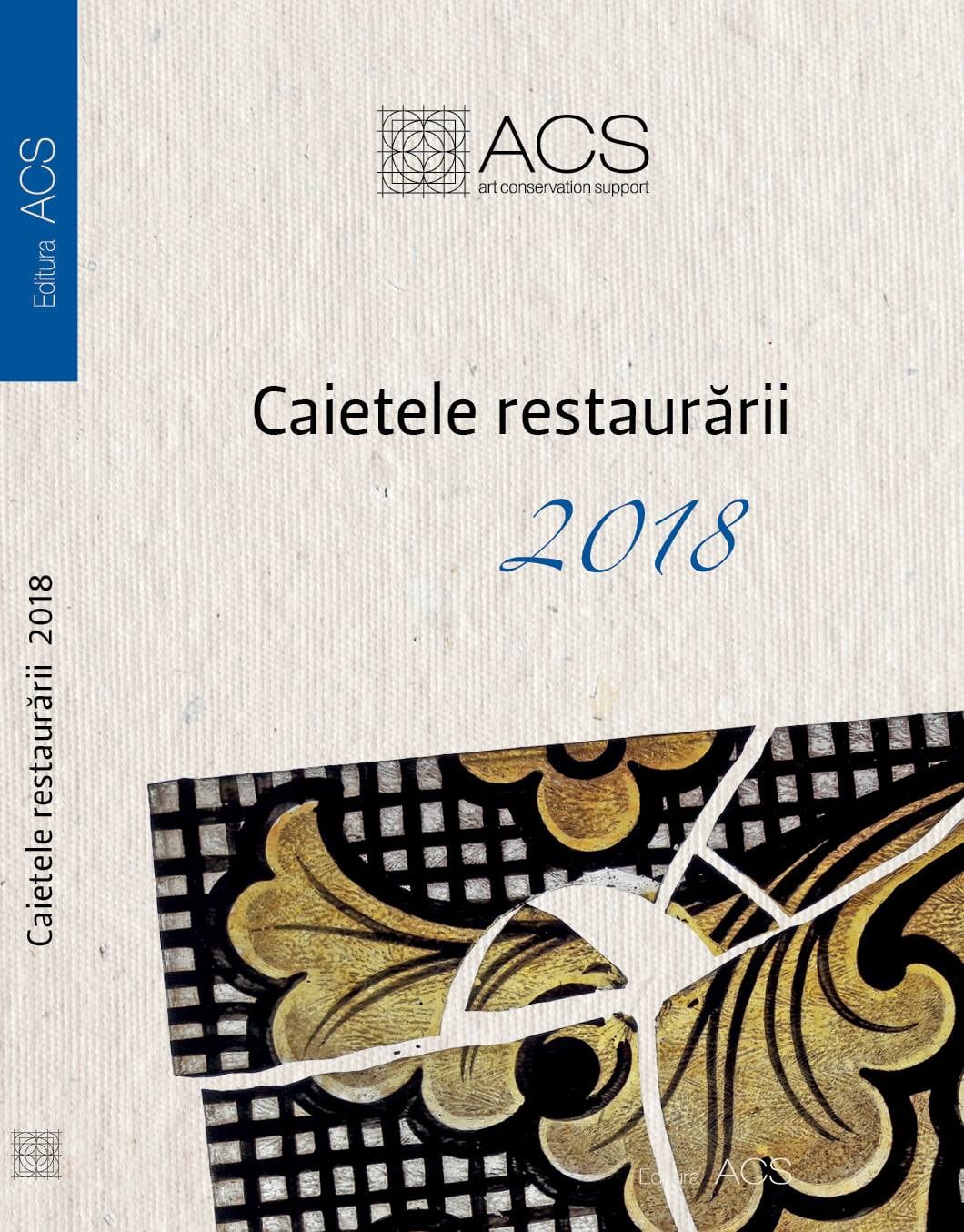Implementarea unui concept de gestiune integrată a dăunătorilor
Implementation of Integrated Pest Management concept
Author(s): Pascal QuernerSubject(s): Archaeology, Museology & Heritage Studies, Architecture, Scientific Life
Published by: Editura ACS
Keywords: conservation; preventive; GID; monitoring; museums; libraries; archives; buildings; historical;
Summary/Abstract: IPM is an important part of preventive conservation focusing on the reduction of pesticide application and prevention of pest infestations, for example by webbing clothes moths Tineola bisselliella, drug- store beetles Stegobium paniceum, common furniture beetles Anobium punctatum or different carpet beetles (Attagenus sp. and Anthrenus sp.) and thus preserve museum collections. This is achieved by sealing the entry points of buildings against the pests, adapting the (micro-) climate, maintaining high hygienic standards, quarantining new and incoming objects, and monitoring for pest infestations with traps and visual inspection. Today, after the prohibition of methyl bromide and limited use of hydrogen cyanide, the use of biocides is limited although not completely abandoned. Treatment methods are changing towards non- chemical methods like heating, freezing or anoxic treatments, mainly with nitrogen. Chemicals are used in emergencies when no other method can be applied. In this overview Integrated Pest Management (IPM), as it is applied in many collections and museum today, is described including a description and comparison of treatment methods. In the second part the step-by-step implementation in a museum, archive, library and historic building is discussed, examples are given and a list of references and recourses from the Internet, most of them available for free, are presented.
Journal: Caietele restaurării
- Issue Year: 1/2018
- Issue No: 7
- Page Range: 22-31
- Page Count: 10
- Language: Romanian
- Content File-PDF

